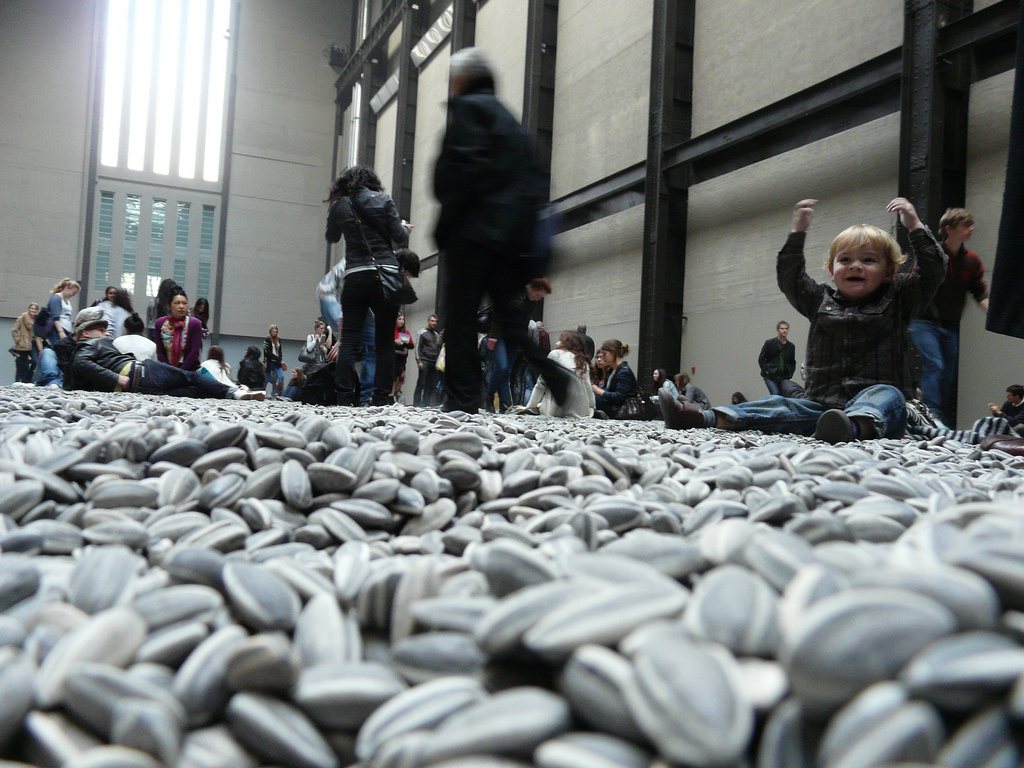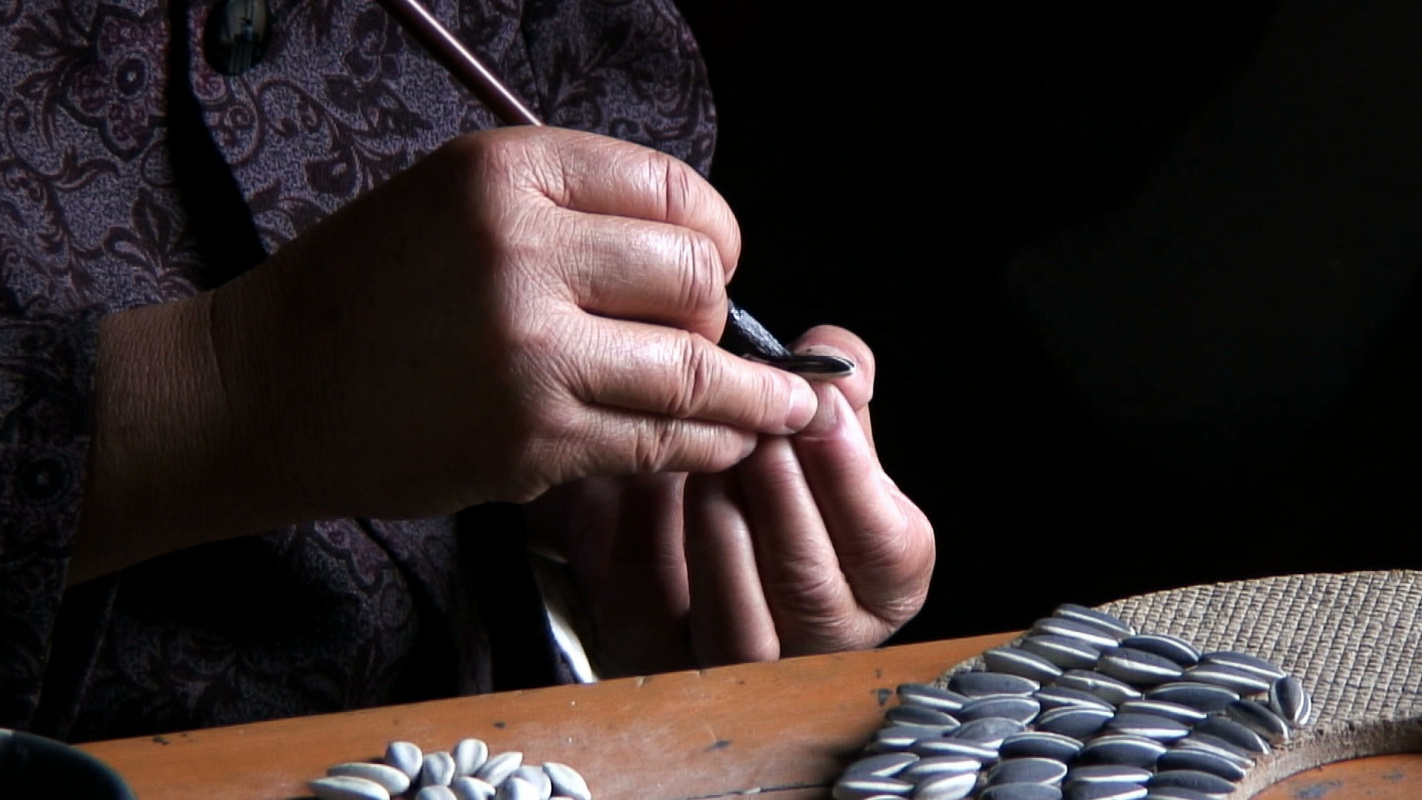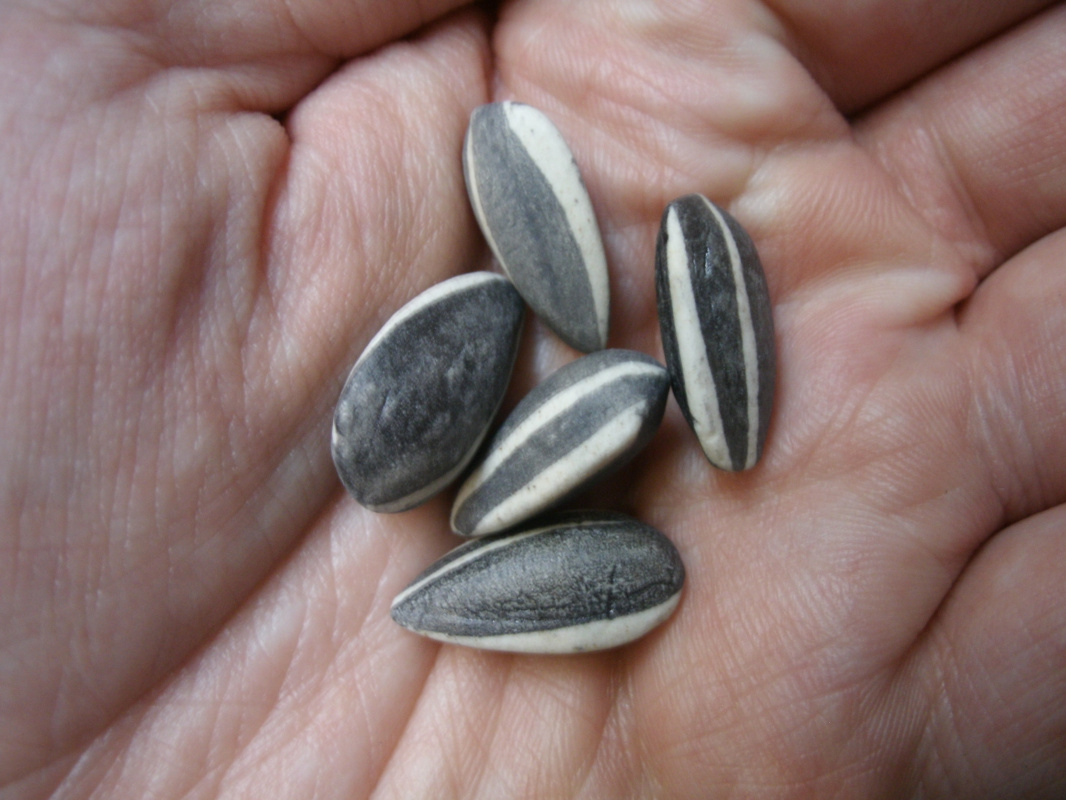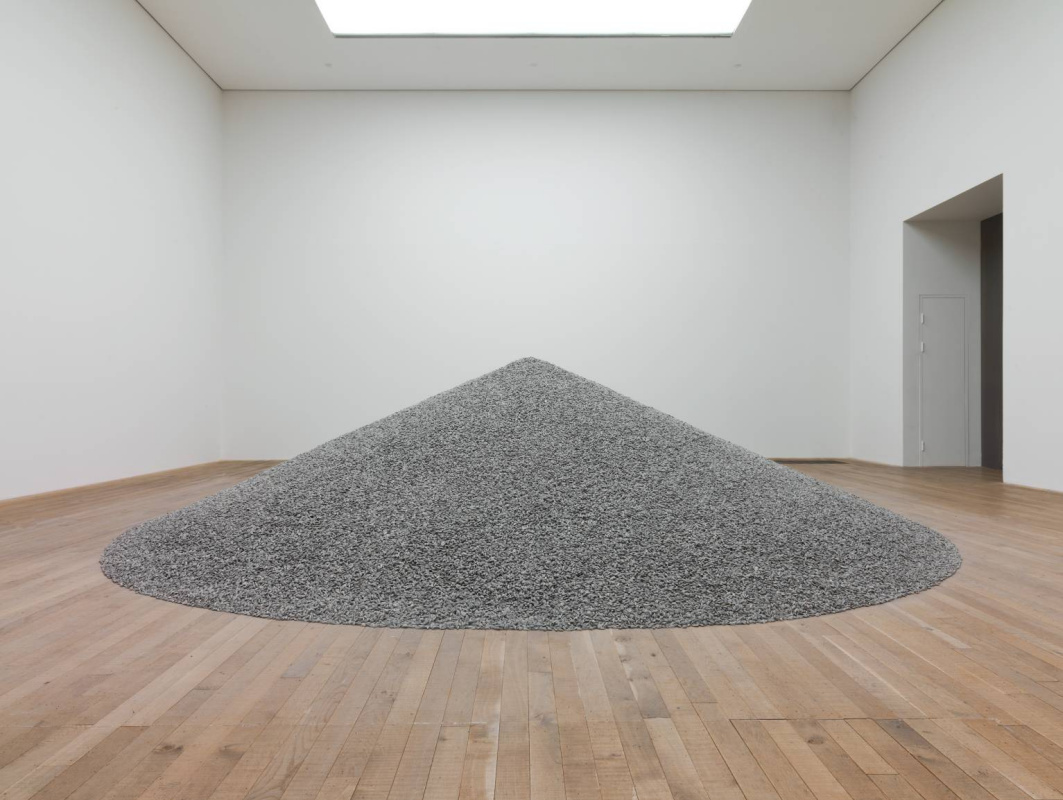log in
Enter site
Login to use Arthive functionality to the maximum
Sunflower seeds
Ai Weiwei • Installation, 2010
Description of the artwork «Sunflower seeds»
"Sunflower seeds" - This is perhaps the most famous work of Ai Weiwei. After it was presented to the public, they wrote and talked a lot about it and continue to talk so far. But behind the large numbers, which are inevitably mentioned when it comes to "Sunflower seeds", the multi-layered deep meanings that the artist put into this installation are often lost.
However, it’s worth starting with large numbers. The work of Ai Weiwei - more than 100 million porcelain sunflower seeds - was presented in October 2010 at the Tate Modern Gallery. Seeds completely covered the floor of the museum’s huge Turbine Hall (about 1000 square meters) with a layer of 10 centimeters. In total, the installation weighed about 150 tons. Each of these seeds was made and painted by hand: the process took 2.5 years, and more than 1600 people were involved in the work.
For many centuries, china has become almost synonymous with China and one of the most important symbols of this country. And the large-scale installation of Ai Weiwei was created in a very symbolic place - the “porcelain capital” of Jingdezhen China, where craftsmen have been producing stunning ceramic products for almost 2000 years. Porcelain, first produced during the Han Dynasty around 200 BC. e. (later the technology was finalized during the Tang Dynasty), is made by heating white clay to a temperature of more than 1200 degrees Celsius. Fusion of particles with such heating allows craftsmen to create vessels with extremely thin, but very strong walls. Along the Silk Road, unique porcelain was shipped to the West, and over time, most of China began to be exported.
Using such valuable material for his installation, Ai Weiwei tried to remind viewers that the concept of “Made in China” could have more than a negative meaning. And about how much it costs China to fight for a place in the global economy - at the cost of the health and lives of thousands of wage earners who have to work for pennies, despite skill recognized all over the world.
The image of sunflower was very common in China during the Cultural Revolution of the 1960s and 70s and was often used as a visual symbol of Chairman Mao. And, more importantly, the entire Chinese people. Ai Weiwei said: “At the time I was growing up, it was a common image of the People. As the sunflower turns, following the movement of the red sun, so the masses should follow their rulers. People carried handfuls of seeds in their pockets and ate them at every opportunity. It was more than just a snack. Empty husks were ephemeral traces of social activity. ”
Among other things, in “Sunflower Seeds”, Ai Weiwei explores the complex of complex interactions between one and many, the individual and the masses, the individual and society. The total mass of myriad seeds seems indistinguishable, but each of them is unique.
Author: Evgeny Sidelnikov.
However, it’s worth starting with large numbers. The work of Ai Weiwei - more than 100 million porcelain sunflower seeds - was presented in October 2010 at the Tate Modern Gallery. Seeds completely covered the floor of the museum’s huge Turbine Hall (about 1000 square meters) with a layer of 10 centimeters. In total, the installation weighed about 150 tons. Each of these seeds was made and painted by hand: the process took 2.5 years, and more than 1600 people were involved in the work.
For many centuries, china has become almost synonymous with China and one of the most important symbols of this country. And the large-scale installation of Ai Weiwei was created in a very symbolic place - the “porcelain capital” of Jingdezhen China, where craftsmen have been producing stunning ceramic products for almost 2000 years. Porcelain, first produced during the Han Dynasty around 200 BC. e. (later the technology was finalized during the Tang Dynasty), is made by heating white clay to a temperature of more than 1200 degrees Celsius. Fusion of particles with such heating allows craftsmen to create vessels with extremely thin, but very strong walls. Along the Silk Road, unique porcelain was shipped to the West, and over time, most of China began to be exported.
Using such valuable material for his installation, Ai Weiwei tried to remind viewers that the concept of “Made in China” could have more than a negative meaning. And about how much it costs China to fight for a place in the global economy - at the cost of the health and lives of thousands of wage earners who have to work for pennies, despite skill recognized all over the world.
The image of sunflower was very common in China during the Cultural Revolution of the 1960s and 70s and was often used as a visual symbol of Chairman Mao. And, more importantly, the entire Chinese people. Ai Weiwei said: “At the time I was growing up, it was a common image of the People. As the sunflower turns, following the movement of the red sun, so the masses should follow their rulers. People carried handfuls of seeds in their pockets and ate them at every opportunity. It was more than just a snack. Empty husks were ephemeral traces of social activity. ”
Among other things, in “Sunflower Seeds”, Ai Weiwei explores the complex of complex interactions between one and many, the individual and the masses, the individual and society. The total mass of myriad seeds seems indistinguishable, but each of them is unique.
Author: Evgeny Sidelnikov.






